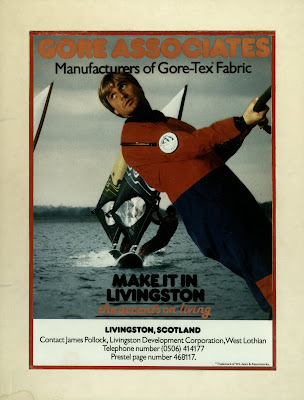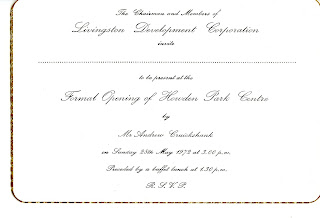This month, as winter closes in, I found a great many complaints about the bus services and get the feeling that whatever survey the S.M.T carried out they didn’t do it as thoroughly as they thought for many folk said they knew nothing about it and they cannot all be lying.
I discovered that after the first two or three weeks of settling in each person, especially the younger ones, were assailed by thoughts that they “may have made a mistake moving” and that they were better off where they were before. This seemed very commonplace and was initially caused through bus services not being very good, telephone installation being slow and folk feeling they were cut off from the outer world. Fortunately good sense prevails and these initial worries wear off. They console themselves, in many cases, with the thought that it is far better for the children. I have pointed out that they are “in at birth of a new town” and that small annoyance will soon be rectified as the town expands.
Interest has been shown too in the new building developments that are going on, Dedridge and the shopping complex, people now see something being created and watch almost daily for further progress. They have an avid interest in expansion.
There seems to be genuine concern that there is nothing much for the older teenager to do in an evening. Perhaps a community centre where teenagers could have coffee and soft drinks with all their interest centred under one roof. Having firsthand knowledge of this problem myself I can understand the anxiety of parents of older children.





.jpg)






















